
Management risk in forex trading is the ability to control losses, which could help you avoid losing all of your trading capital. As we all know that forex is a game of probability just like poker, blackjack, horse betting, etc, staying in the game is half of the battle.
Please consider the following questions:

If you answered no to any of the above, then you've come to the right place!
If you have a trading account of $10,000, are you willing to risk $5,000 on every trade? That means if you lose 2 times in a row, you would have lost all of your capital and be out of the game.
Now, compare these 2 traders:
Mr. A is an aggressive trader who risks 25% of his account on every trade position that he places whilst Mr. B is a conservative trader who only takes on a 1% risk for every trade. Both of them have a winning strategy that is proven to generate a 50% win rate with an average risk-reward ratio of 1:2. In the next 8 trades, the results are Loss – Loss – Loss – Loss- Win – Win – Win-Win.
Mr. As results = -25%-25%-25%-25% = a complete blowout of his trading account without making to the next winning trade.
Mr. Bs results = -1%-1%-1%-1%+2%+2%+2%+2% =+4% profit and account growth

Can you see the difference? It is evident that risk management is an important factor in forex trading because you can have the best trading strategy in the world, but no strategy can guarantee a 100% win rate, thus without a proper and calculated risk management; you will still face the prospect of blowing up your account.
The first step in establishing a risk management system is to identify the right position size for your trading capital. Risk management and position sizing are two sides of the same coin. Without proper position sizing, you will not be able to apply risk management effectively.
Generally, the larger the range of the stop loss, the smaller the size of the position (and vice versa). Visually, it looks like this:
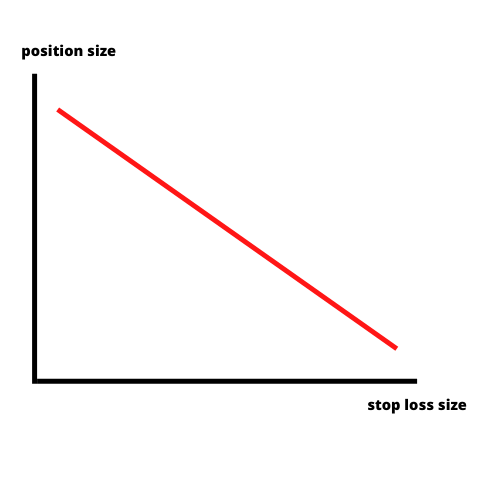
Calculating a suitable position size while paying close attention to the risk management system does not need to be complicated, especially when there is the free WikiFX position size calculator: https://www.wikifx.com/en/forex-tools/position-size-calculator.
All you need to do is select and type in the details of your system and trading account, then the WikiFX position size calculator will do the work for you.
*Do note that every system and strategy in forex trading should be personalized to suit your personality and risk appetite so that you will find comfort and confidence in adhering to it.
Now let us illustrate how handy this free position size calculator is with 2 case studies.
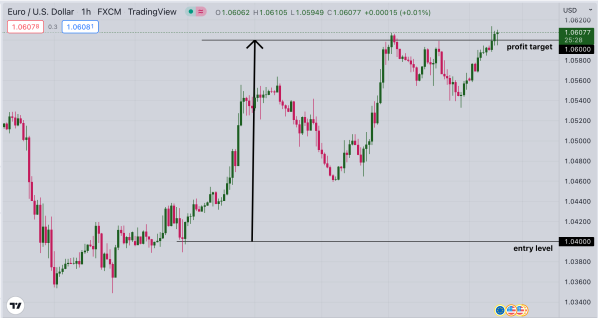
All factors are constant, you have a trading account of $1,000 and you are willing to risk 1%, which is $10 ($1000 x 1%), upon taking a buy position on EUR/USD at 1.04000 with a profit target at 1.0600.
Case Study 1
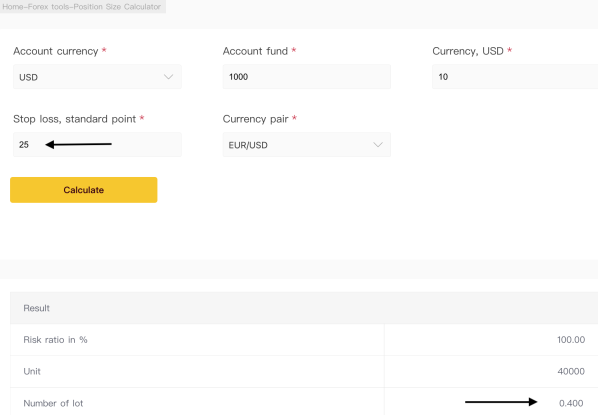
According to WikiFXs position size calculator, with a 1% risk of $10, when the stop loss is 25 pips wide, the suitable lot size to apply is 0.4 lot per trade.

The risk-reward ratio is 8.
Case Study 2
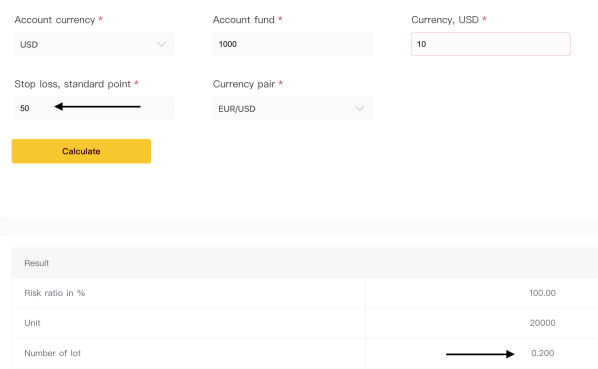
According to WikiFXs position size calculator, with a 1% risk of $10, when the stop loss is 50 pips wide, the suitable lot size to apply is 0.2 lot per trade.

The risk-reward ratio is 4.
Through these 2 case studies above, can you see the power of risk-to-reward as long as you could achieve an appropriate position sizing? Keeping the stop loss small enables us to have a bigger position sizing which could generate more profits without risking more.
In other words, having high risk-reward trades allow more scope for bad trades to happen. When you prioritize your capital over trading gains and losses with a proven risk management system and strategy, over time, you will win.
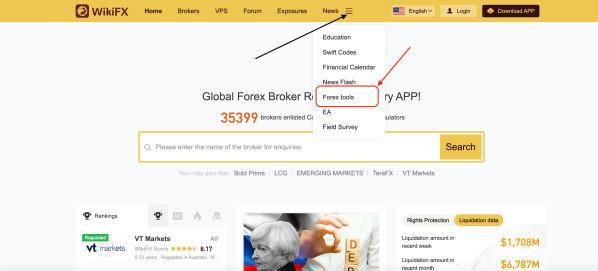

Head over to WikiFX.com and dont forget to save the page of [Position Size Calculator] as favourites for your convenience during trading.
Happy trading!



